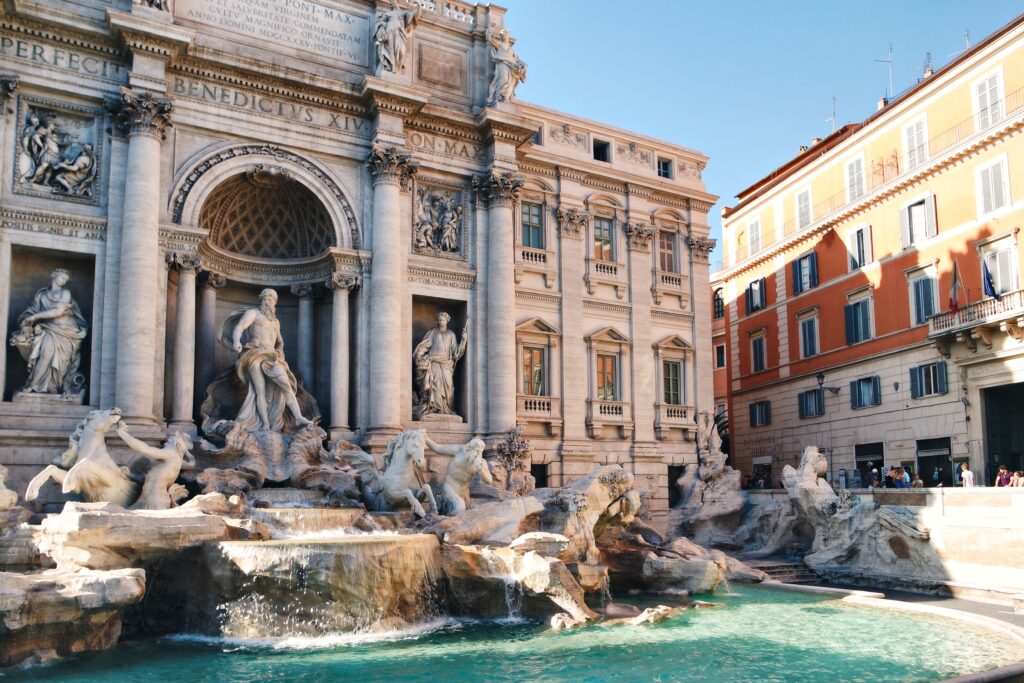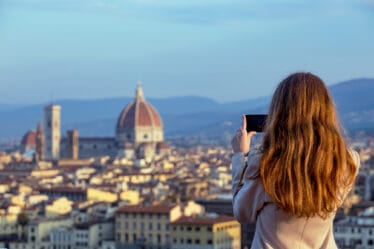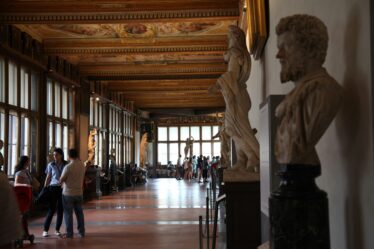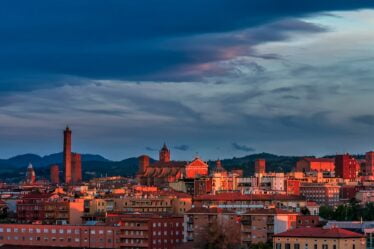

The Trevi Fountain History Guide is not just a story about one of the most famous monuments in Rome—it’s a journey through centuries of art, culture, and urban transformation. Known worldwide for its grandeur and romantic allure, the Trevi Fountain has become a must-see destination for millions of visitors each year. In this article, we will explore its origins, evolution, and lasting legacy.
Ancient Origins
The roots of the Trevi Fountain History Guide trace back to ancient Rome. The fountain stands at the terminal point of the Aqua Virgo aqueduct, built in 19 BCE by Marcus Vipsanius Agrippa to supply water to the Roman Baths. Legend says the aqueduct’s name comes from a young virgin (in Latin, virgo) who showed thirsty soldiers the spring that would become its source.
Even during the Middle Ages, the aqueduct continued to supply fresh water to the city, making the location an important public gathering point.
Read more about ancient Roman aqueducts here.
Baroque Transformation
The modern Trevi Fountain, as we know it, began to take shape in the 18th century. In 1730, Pope Clement XII launched a design competition, which was ultimately won by architect Nicola Salvi. Construction started in 1732 and continued for three decades.
The Baroque style of the fountain, with its dramatic sculptures and flowing water, reflects the grandeur and artistic ambitions of the time. At its center is Oceanus, god of the sea, riding a shell-shaped chariot pulled by two horses, symbolizing the contrasting moods of the sea.
Discover more about Baroque architecture here.
Cultural Symbol
The Trevi Fountain History Guide is not only an architectural masterpiece—it’s a cultural icon. Its cinematic fame skyrocketed after appearing in classic films such as La Dolce Vita by Federico Fellini, where Anita Ekberg’s scene in the fountain became legendary.
Tourists from around the world visit to toss a coin over their left shoulder into the water—a tradition believed to ensure a return trip to Rome.
Learn about the coin tossing tradition.
Restorations and Preservation
Over the centuries, the Trevi Fountain has undergone several restorations to maintain its beauty. The most recent major restoration, funded by the fashion house Fendi, was completed in 2015, restoring its marble brilliance and ensuring its survival for generations to come.
Today, the site remains one of Rome’s most visited landmarks and a symbol of the city’s ability to blend ancient history with modern tourism.
Conclusion
The Trevi Fountain History Guide shows us how history, art, and tradition intertwine in the heart of Rome. From its ancient aqueduct beginnings to its Baroque splendor and modern cinematic fame, the Trevi Fountain continues to captivate visitors from every corner of the globe.
See here the Trevi Fountain now



